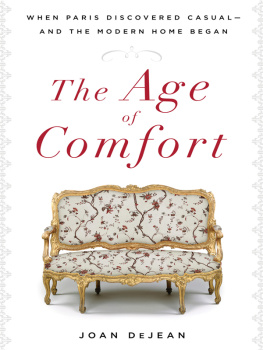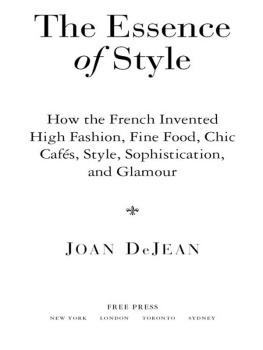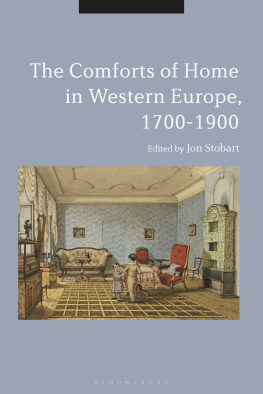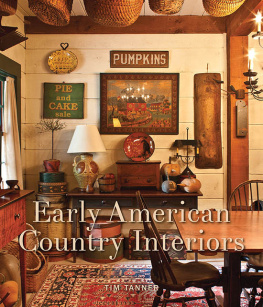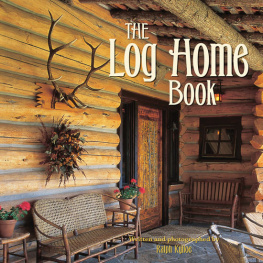THE AGE OF COMFORT
BY THE SAME AUTHOR
The Essence of Style: How the French Invented High Fashion,Fine Food, Chic Cafs, Style, Sophistication, and Glamour
The Reinvention of Obscenity: Sex, Lies, and Tabloidsin Early Modern France
Ancients Against Moderns: Culture Wars and the Makingof a Fin de Sicle
Tender Geographies: Women and the Originsof the Novel in France
Fictions of Sappho, 15461937
T h e
AGE
o f
COMFORT
When Paris Discovered Casual
and the Modern Home Began
JOAN DEJEAN

Copyright 2009 by Joan DeJean
All rights reserved. No part of this book may be used or reproduced in any manner whatsoever without written permission from the publisher except in the case of brief quotations embodied in critical articles or reviews. For information address Bloomsbury USA, 175 Fifth Avenue, New York, NY 10010.
Published by Bloomsbury USA, New York
All papers used by Bloomsbury USA are natural, recyclable products made from wood grown in well-managed forests. The manufacturing processes conform to the environmental regulations of the country of origin.
Library of Congress Cataloging-in-Publication Data
DeJean, Joan E.
The age of comfort : when Paris discovered casualand the modern home began / Joan DeJean.1st U.S. ed.
p. cm.
Includes bibliographical references.
eISBN: 978-1-60819-135-2
1. DesignFranceParisHistory17th century. 2. DesignFranceParisHistory18th century. 3. Design Human factors
FranceParis. 4. Interior architecture FranceParisHistory 17th century. 5. Interior architecture FranceParisHistory18th century.6. Human comfortFranceParis. I. Title.
NK949.P27D45 2009
306.4'812dc22
2009006602
First U.S. Edition 2009
1 3 5 7 9 1 0 8 6 4 2
Typeset by Westchester Book Group
Printed in the United States of America by Quebecor World Fairfield
In memory of Kate Keating, who dreamed of writing
about eighteenth-century French painting.
CONTENTS
The Age of Comfort
A LMOST EVERYONE I know believes that we have a right to expect a high degree of comfort, above all, in the place where we can control it most easily, in our homes. Oh, we always differ a bit about what is most essential to our well-being. I know people who will go to any lengths to find sheets with the absolute highest thread count, others who are willing to spend a fortune on the most luxurious bathroom they can afford. And I know still others ready to go on a quest for the perfect sofajust the right shape, with the best support and perfect upholstery. These differences, however, seem meaningless next to the shared belief that comfort is our birthright.
Our comfort-driven life is a phenomenon with little precedent in Western history. In fact, the first period after antiquity when comfort became both desired and possible on anything like a large scale began in Paris in the early 1670s. It was there and then that comfort and informality first emerged as priorities in domains ranging from architecture and fashion to furniture design and interior decoration. It was there and then that the modern home beganfrom the rooms we still use on a daily basis to the furniture we see around us every day, to what now seem obvious decorating choices, such as plain white ceilings. Fields as diverse as upholstery and plumbing were thrust from the stone age into the modern age: inventions from the sofa to running water to flush toilets appeared in private residences. The architects, the craftsmen, and the inhabitants of Paris during the century (16701765) I refer to as the age of comfort can be said to have created a blueprint for todays home and the way we live in it.
The home and life in it were reinvented, furthermore, virtually overnight, as a result of little more than a half century of extraordinarily intense creativity in design, art, and architecture. This was one of several moments in the history of Parisand perhaps the most powerful one of all when the city became a center of cultural, artistic, and social ferment. Paris was transformed into a giant design workshop in which inventions in the arts and crafts and innovative technologies were tried out. That transformation began with developments that originated either at court or among the wealthiest individuals in Paris in the final decades of the seventeenth century and then gradually spread down the social and financial ladder. As a result, by the mideighteenth century, the ideal of a comfort-driven life had won widespread acceptance.
This was also the first moment ever when the history of comfort can be accurately re-created. Earlier periods have left us only a few scattered artifacts and the occasional eyewitness account. Before the early eighteenth century, there was no systematic attempt to document inventions designed to make life easier.
Certain individuals always try to communicate a sense of why and how daily life in the world they see around them is becoming different from what it was only a short time before. They record for posterity the kind of prosaic phenomena all too easily overlooked. At the turn of the eighteenth century, such cultural chroniclers began to write about an area that had never before attracted significant attention: ordinary things that suddenly seemed extraordinary because they were rapidly taking on radically new designs. Chairs and tables and beds and bedrooms began to receive extensive coverage in letters, in diaries, in newspapers and even in guidebooks. Tourist guides to Paris actually told foreign visitors about the most impressive bedrooms and baths in the city and encouraged them to try to get a glimpse of their furnishings and dcor. Artists began to depict the way individuals were engaging with redesigned objects, the way in which they used new conveniences. There has never been a moment in which individuals were so openly thrilled with creature comforts and so eager to tell the world about them.
The creators of those comforts were every bit as eager to record their accomplishments for posterity. Thus, for the early eighteenth century and for the first time ever, we have ample and amply detailed contemporary documentation not only about public architectural projects, but about private ones. The foremost architects of the day realized that residential architecture was taking on unprecedented significance. They therefore published the plans of homes being built in Pariss new neighborhoods almost before the paint was dry on their walls. For the first time, new designs in furniture and bath fixtures were documented in detail and in print; they were most often documented in more than one source. For the first time, artisans and craftsmen published accounts of how such fields as furniture making and upholstery were changing. For the first time, we have abundant advertising from contemporary periodicals in which merchants and craftsmen (from those who sold fabric to those who made plumbing fixtures) provided detailed accounts of the specific wares they offered for sale.
From todays perspective, however, what is most impressive about this period is that its most characteristic inventions once again play an equally central role in our definition of comfort. The sofaprobably the most important piece of furniture in homes today, the form of seating that has conditioned many of our most basic postures came into existence between 1685 and 1710. It was at the turn of the eighteenth century that cottonsoft, light, and supple, the material we put on our beds and choose for our most comfortable clothingbegan to be used just as it is now. One of the arrangements now seen as basic to home design the pairing of private bedroom and private bathwas introduced in the early decades of the eighteenth century, shortly after both the private bedroom and the private bath had been invented.
Next page
